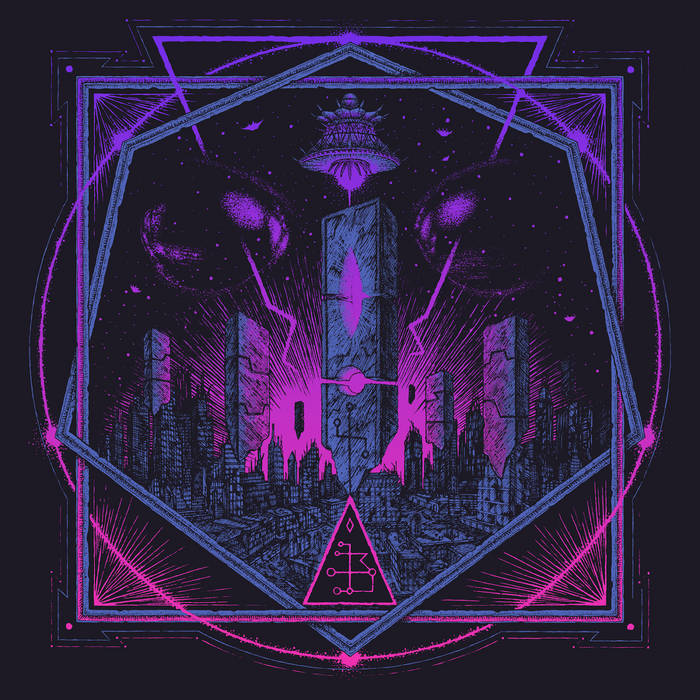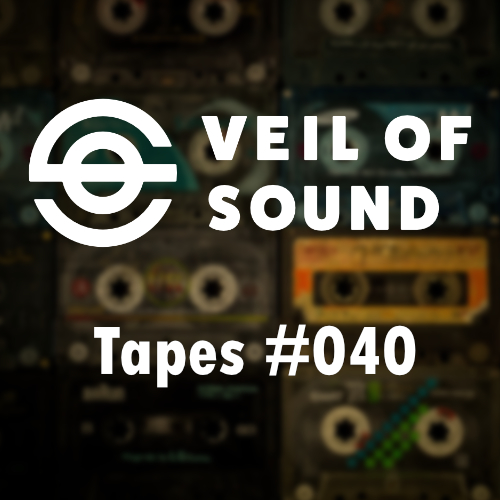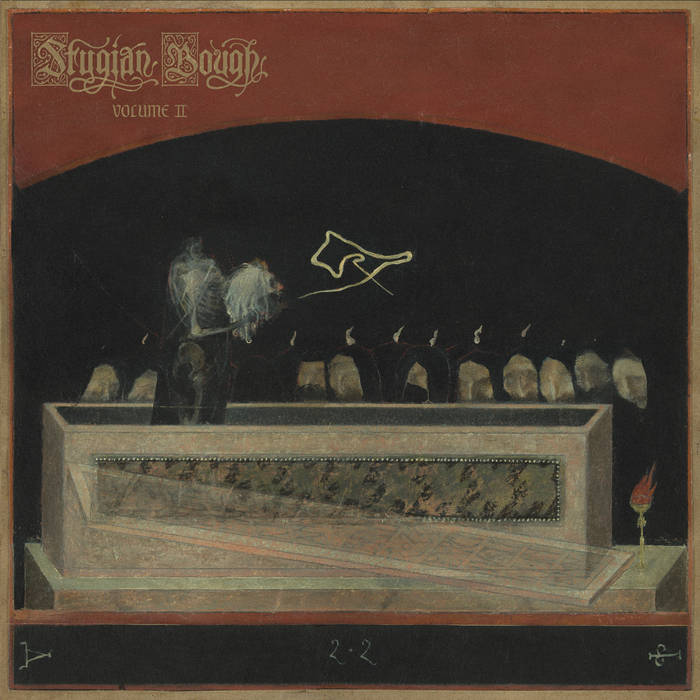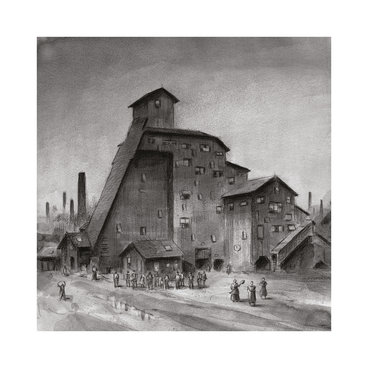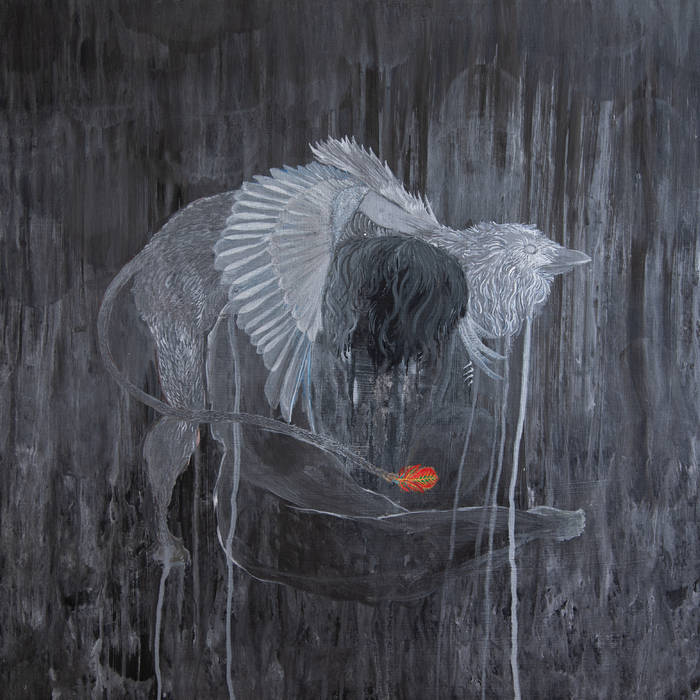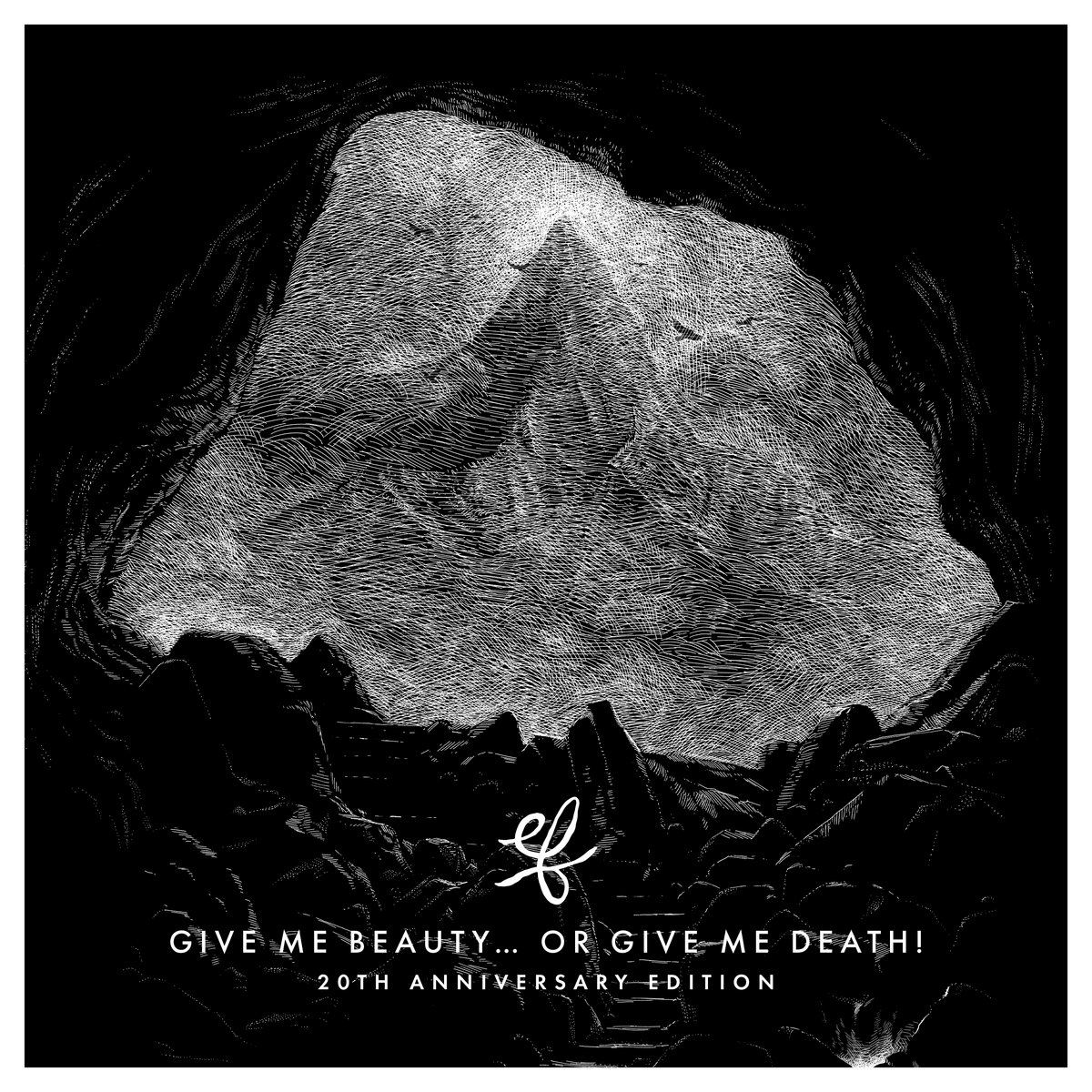Hollywood Burns, not to be confused with the Johnny Depp/Alice Cooper/Joe Perry “supergroup” Hollywood Vampires or the rap-rock ensemble Hollywood Undead, is the name under which Frenchman Emeric Leverdon has chosen to release his brand of synthwave. He released the second album under the moniker, titled The Age of the Saucers in November, it’s the sequel (yes, sequel!) to 2018s Invaders and I’m not going to beat around the bush, because this album definitely doesn’t, it’s a cracker!
Sounding somewhat like the boss music from your favourite Super Nintendo or Mega Drive games of the early to mid 90s, mixed with the sci-fi soundtoracks of old, with orchestral/choral samples and booming, modern electronica to back it up. It certainly gets the blood pumping and like his contemporaries Kavinsky or Carpenter Brut, with Hollywood Burns, Levardon has found his unique way, mainly using those orchestral flourishes to great effect, to push the genre forward without betraying the scenes roots.
Opening with “Once Upon a Time (In Hell)”, the album lures you in with some Danny Elfman-esque lullabies, but before long, with the latter half and then the title track, the album starts to pummel you with some grooviest sounding synths this writer has heard. The choral samples then come beckoning, beats join in and they make you want to get out there and go get some, whatever your version of some may be!
On this album, Hollywood Burns have certainly streamlined their sound, while still remaining uniquely identifiable in a packed genre, cutting down somewhat on the flying saucer sounds, which is somewhat odd, given the album title. These sounded like they could have been from early sci-fi films like Things to Come or the original version of War of the Worlds, but this reduction is by no means a bad thing.
It feels like Levardon has chosen to give the album more room to breathe and release some almost metallic sounding fury in places, not bad for what is mostly one guy, there are some guest vocals here and there, and his no doubt expensive synthesisers. Speaking of the vocals, if I were to say there was a weak point to the album, it would be these, they just don’t quite seem to fit in with the instrumentation.
However, they are used sparingly and do sound somewhat familiar, probably because they are provided from other artists from the genre. As Leverdon doesn’t use his vocals on his albums, so far anyway, if you like them on other synthwave artists recordings, you’ll probably like them here. Despite this minor gripe, this album is still one of the highlights of last year and I would definitely suggest and that you check it out, whether you are deep down the synthwave rabbit hole or are relatively new to the genre.
